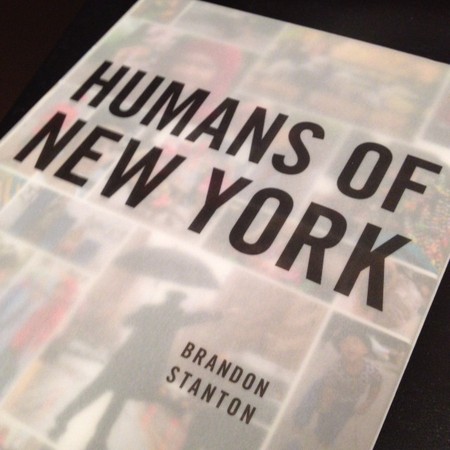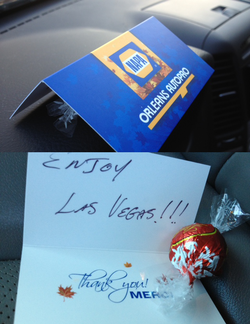Have you ever tried to convey a concept with technical terms and jargon? Perhaps you noticed (or maybe you didn’t) the blank stares and glazed eyes as you give a thorough and well-meaning explanation. (I’m looking in the mirror as I type this out, because you are not alone.)
The solution to this problem is so simple: turn it into a story. I get so many questions about social media every week, but I’ve been getting them for years now. I’ve seen and heard so many things that people do, think, feel or misunderstand. I haven’t seen and heard it all by any stretch, but definitely a lot. It isn’t that hard to come up with a story, a metaphor or an analogy.
I’ve always loved a good story. So much so that I have lost count of the number of nights I have stayed up to find out how a story resolves. When the fifth Harry Potter book came out, I knew when it would be delivered. I planned to be home for that entire weekend because I would finish that book before I had to return to work.
Stories draw people in like nothing else can.
In addition to loving stories, I’ve always had an interest in photography. I’ve taken thousands of shots; half a dozen or so make the throwaways worth it. After all, a photo is another medium for telling a story.
Several months ago, I became aware of what has become my all-time favourite Facebook page: Humans of New York. The posts from this page reminded me so much of my friend Kym’s 100 strangers project, Le Mien. (Lara and I were part of the group that was stranger #38 way back in October 2010.) Kym’s ability to capture the essence of a person with succint, yet poignant, captions was so brilliant. In the months I’ve followed Brandon Stanton’s work on HONY, I see that same ability in him.
 As I’ve found out now that I have the newly released HONY book in my hands, this project has had major evolutions over time. There were two changes that - in his introduction - Brandon credits with leading to his success (and a book deal):
As I’ve found out now that I have the newly released HONY book in my hands, this project has had major evolutions over time. There were two changes that - in his introduction - Brandon credits with leading to his success (and a book deal):
1) He joined Facebook.
HONY started out as a website. Searchable by neighborhood, but not particularly popular. Then a friend finally convinced Brandon to set up a Facebook page. A little over a year later, a half a million people were connected to Brandon’s images.
2) He started telling stories.
Well, actually, his introduction says he started interviewing his subjects and sharing their stories. Some of the stories that accompany the photos are as short as one word. Others are lengthy, as with the recent photo of Duane, whose story led many to help him realize his dream of a brother for his daughter.
These two changes are listed here in chronological order, however, without the stories the page’s growth may not have happened as fast as it did. The photos are gorgeous and many times they tell tell a story without any words at all, but the incredible insight into the human condition that Brandon reveals with each one is appealing on a deeper level, particularly when you see or read about hard-earned wisdom, full circle moments, affection, parental concern, geekdom, hope, microfashion, and so many more.
Short or long, the stories drew me in. They are why I follow HONY on Tumblr, Twitter, Instagram and Facebook.


